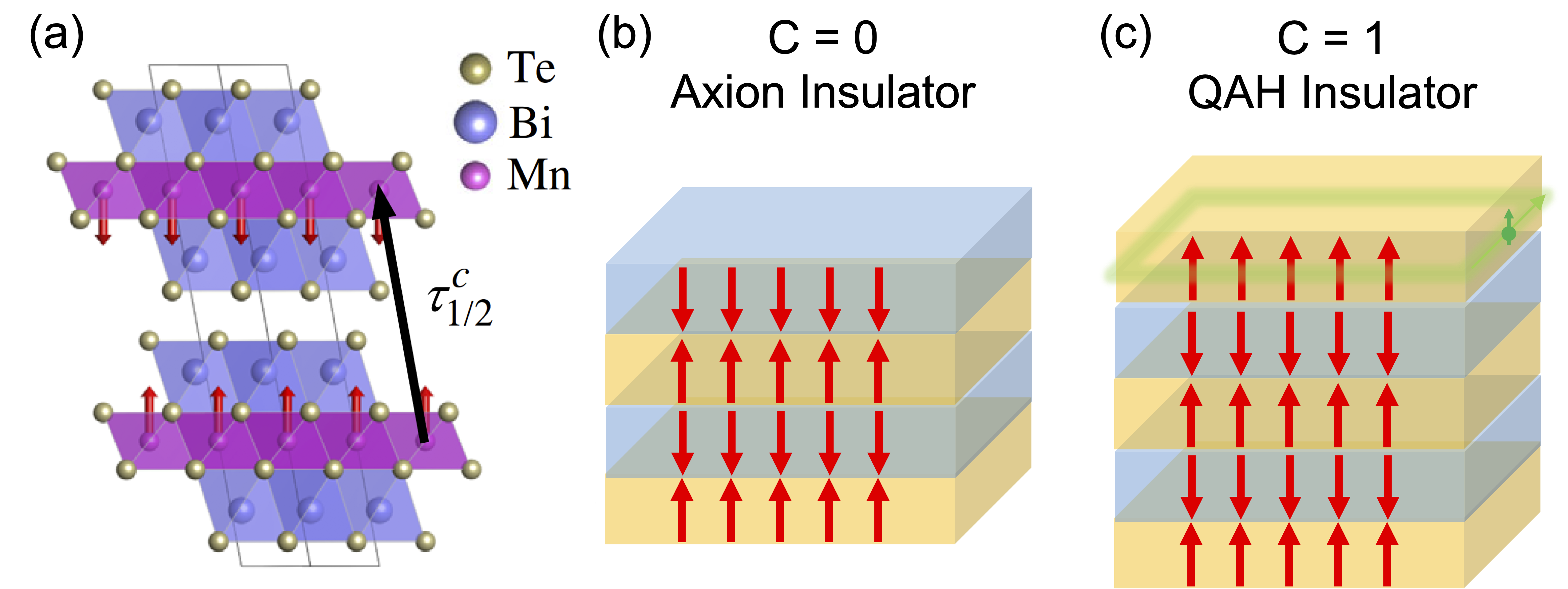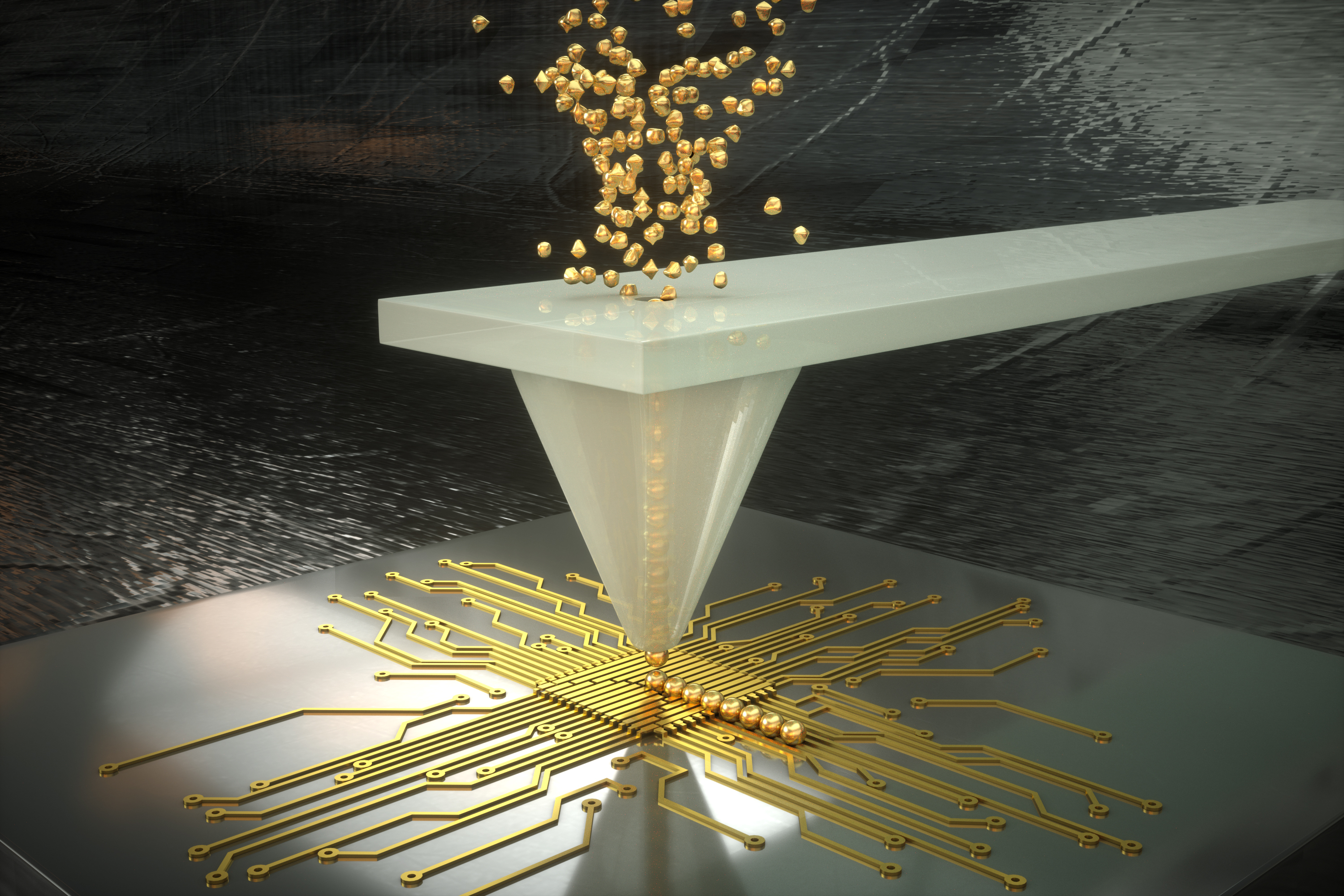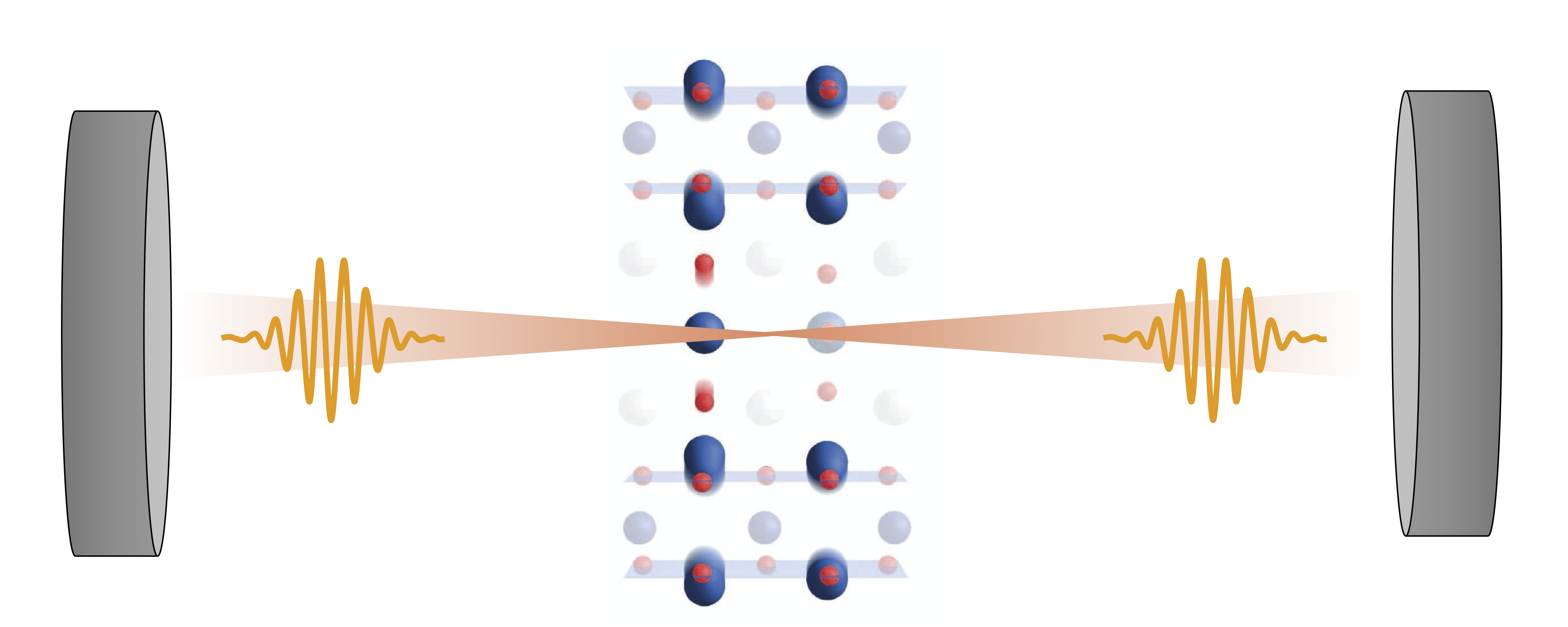The overarching theme of the Yang group’s research is to combine atomic-level synthesis with femtosecond control, and hence tuning quantum materials into new territories where the fundamental many-body phases will be modified. In this process we will also discover new materials and new physics enabling applications in spintronics, topotronics, and quantum information sciences.
Topological superconductors (TSCs) are promising new platforms for realizing topological quantum computing. Compared to other material platforms such as Josephson junctions, cold atom systems, rare earth ions, and color centers in diamonds, topological quantum computing uses the topologically protected quantum states – so-called Majorana zero modes – to perform computing tasks. Theoretically, topological quantum computers are immune to both classical and quantum errors, potentially circumventing one of the biggest challenges in building a scalable quantum computer – the quantum error correction. It is thus of imminent interest to quantum scientists to explore the possibility of realizing topological quantum computing on solid state systems. The key is to be able to fabricate and manipulate TSCs.
We will use our newly established Multi-Resolution Spatial and Temporal Engineering Platform (MRSTEP) to systematically control and characterize FeSeTe thin films as candidates for intrinsic high temperature TSCs. We will look into three directions: 1) programmable construction of TSCs and Majorana modes using oxide-chalcogenide superlattices; 2) light-induced metastable high temperature TSCs; 3) coherent control of topological phase transitions. These studies will not only provide novel insight into how to construct and control TSCs, but also enable us to engineer these materials for potential realizations of topological quantum computers.



